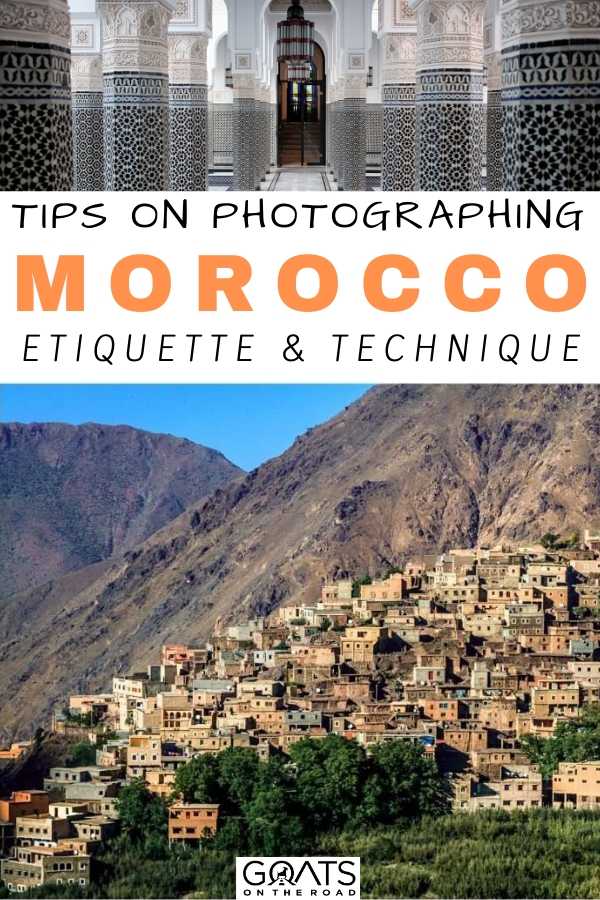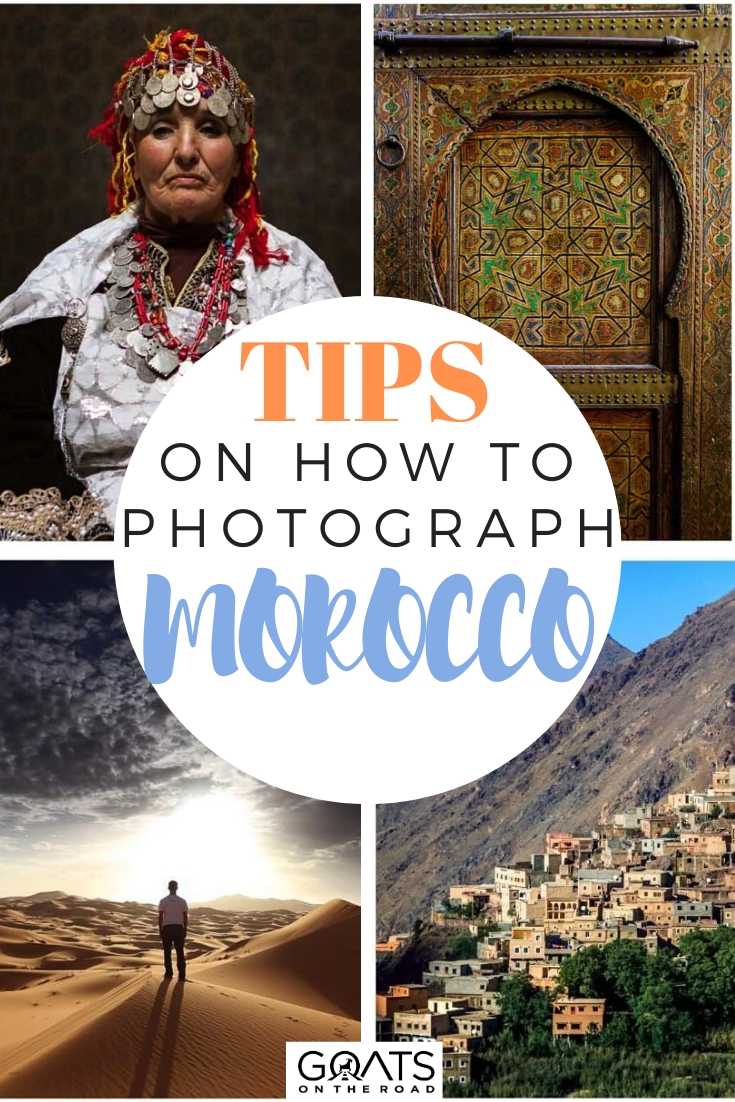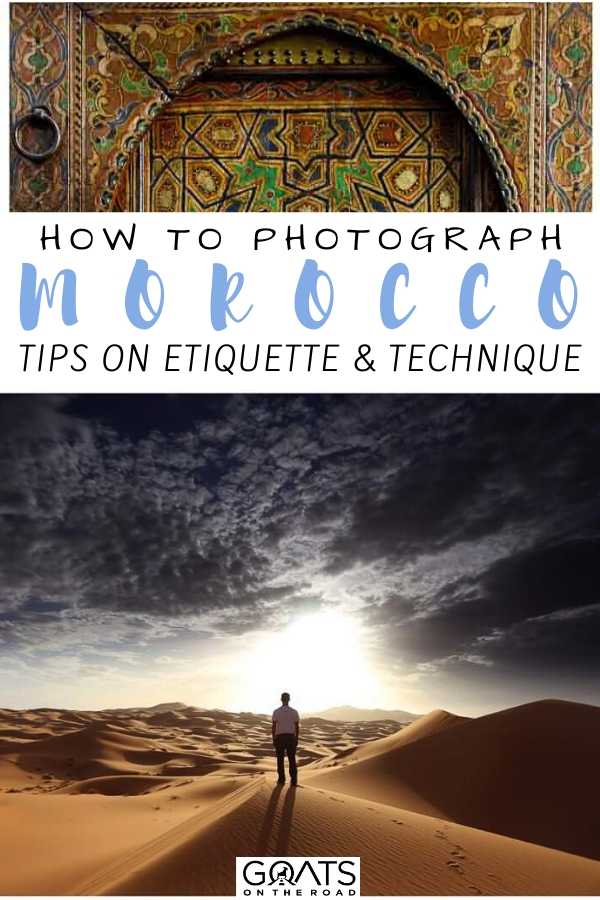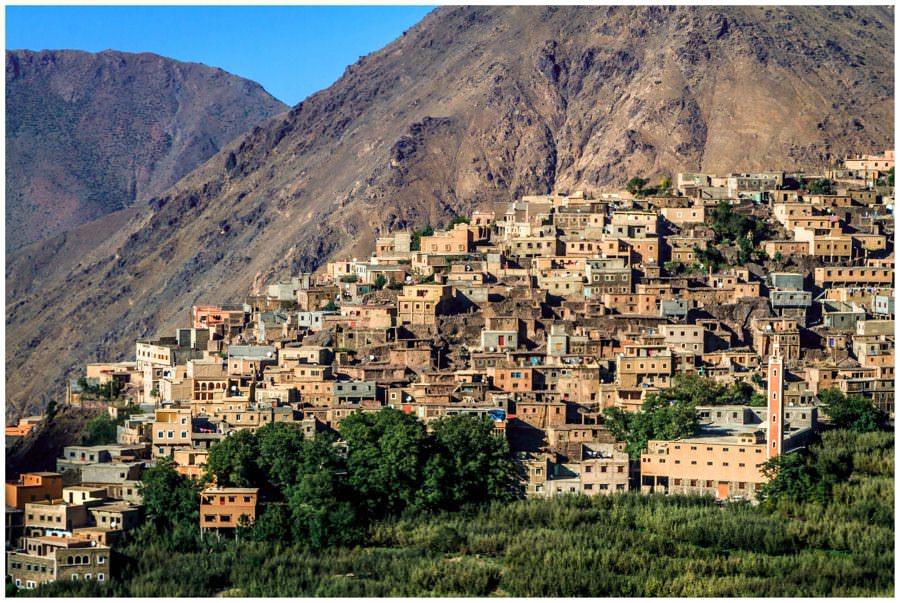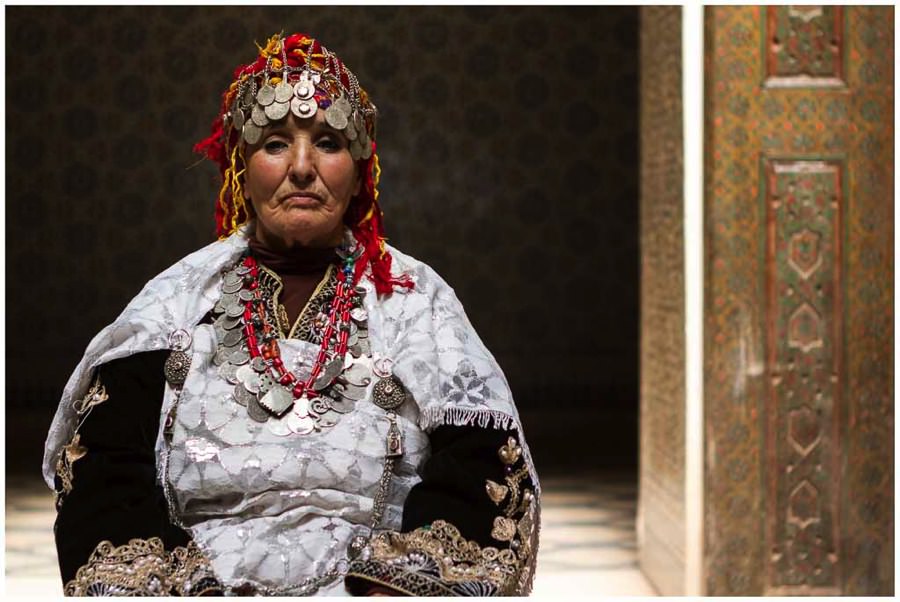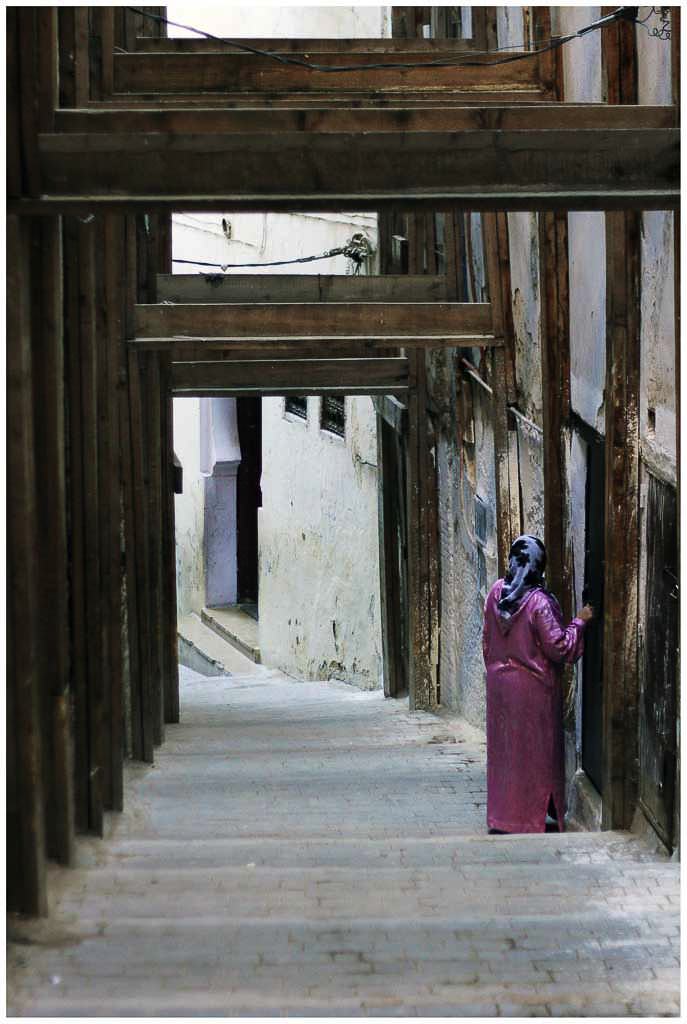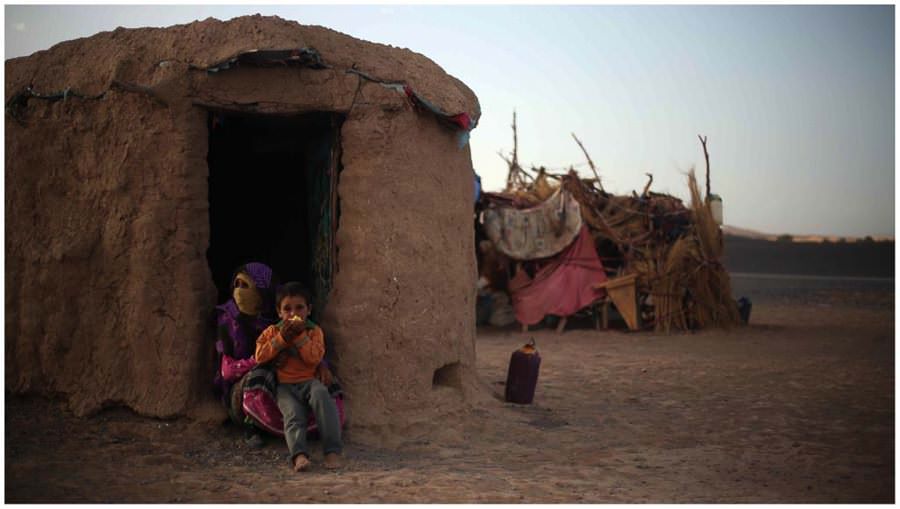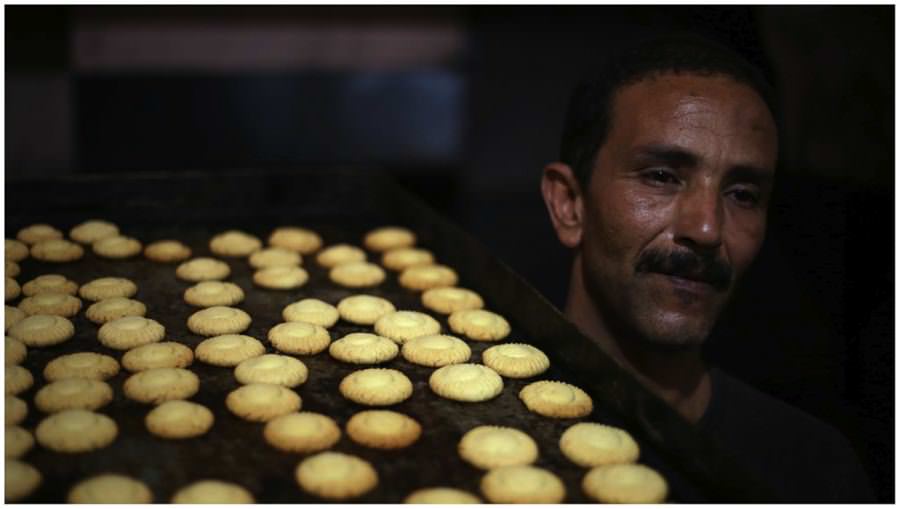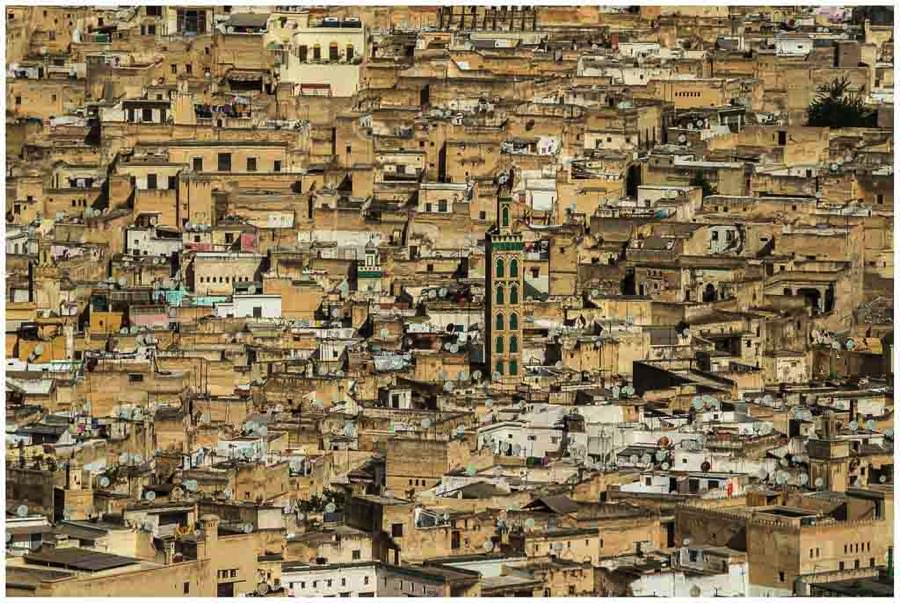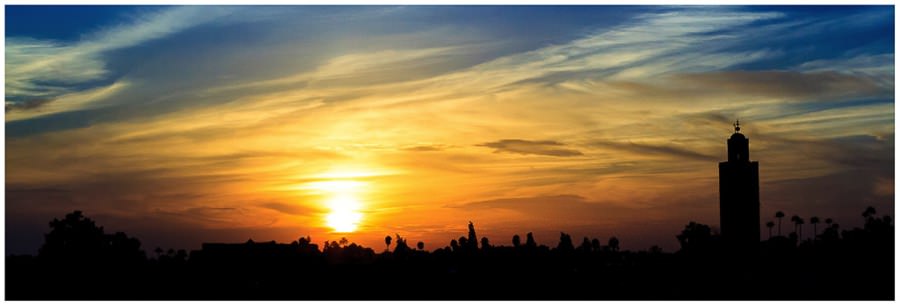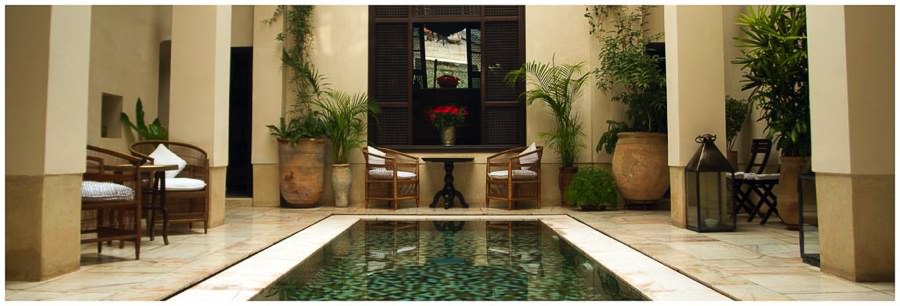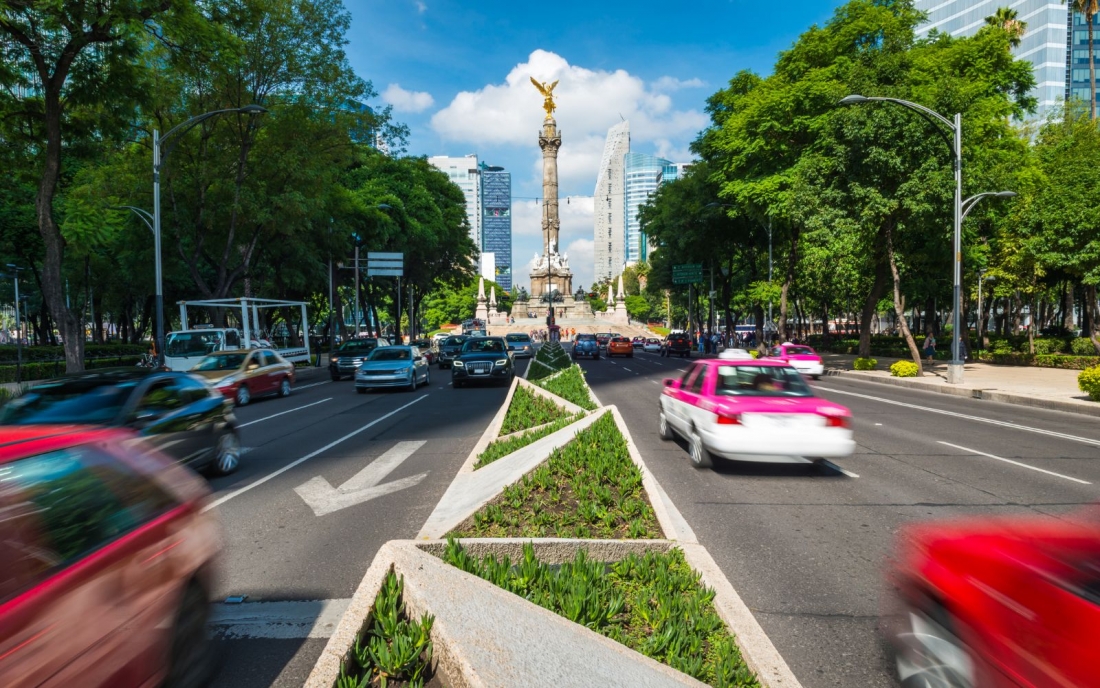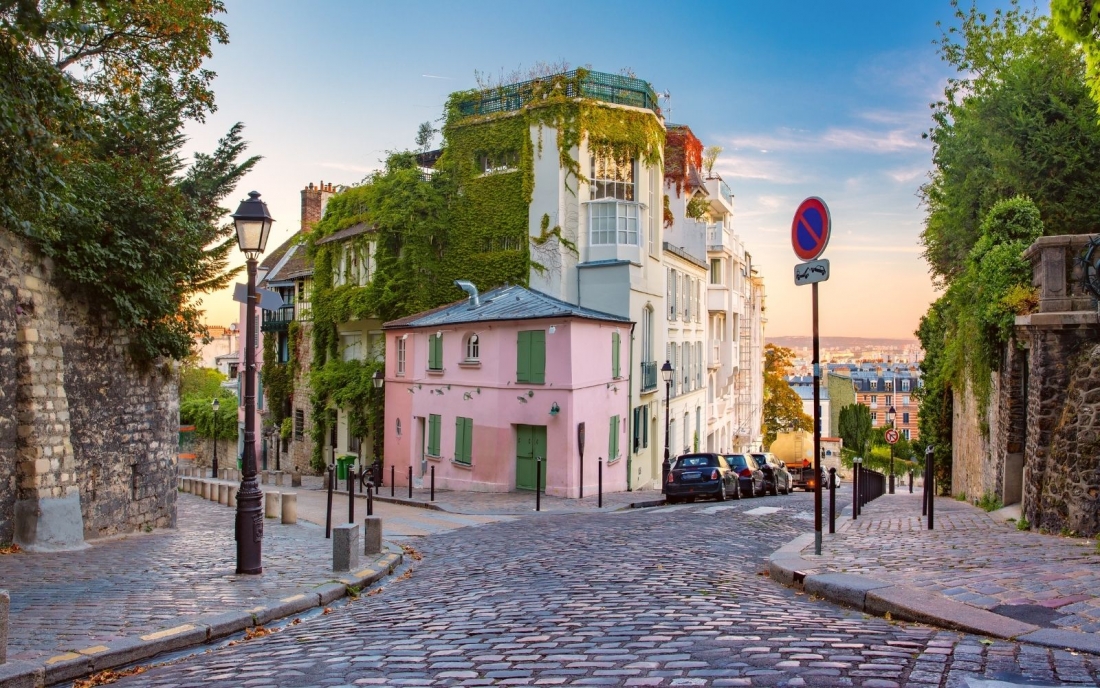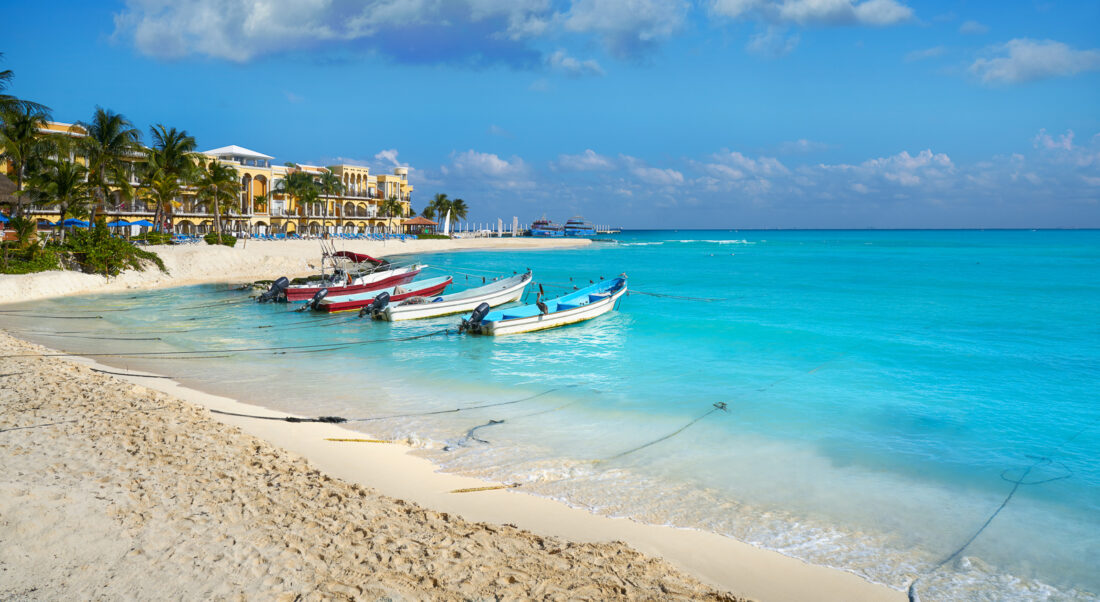Morocco is a beautiful and extremely photogenic country. Bustling markets, ancient medinas and incredible landscapes all lend themselves to amazing photographic opportunities.
But before your snap-happy self steps off the plane in any exotic locale, it’s important to consider the finer points of the place, culture, landscape, and people that will hopefully be revealed to you through your lens.
ARMED VILLAGE © Chris Griffiths
Landscapes are where you can really take your time. They aren’t going anywhere and so you can set your camera to manual and try different compositions and depths of field.
Generally, smaller apertures and narrow lens openings (f8, f11, f16) are good for landscapes as they bring more of the image into focus.
Try different points of view by climbing to higher or lower vantage points. If you have spotted a great shot but its midday and everything is looking a little washed out, go back for the sunset and try capturing it in the golden glow of the sunlight.
Taking a photo anywhere in the world while traveling requires a certain level of etiquette.
In Morocco, as in other countries, do your best to be respectful of the people and culture surrounding you. Unfortunately for photographers who are aiming for great portraits, Moroccans do not actually enjoy being photographed.
It’s a real shame since faces, smiles, stares into the horizon, and up-close shots speak so many words.
Whether you’re using a fancy DSLR or your throwaway plastic Kodak, let these special people shots come to you.
In other words, wait for the right moment when asking for a photo will increase your odds of getting permission. The opportunity might arise from someone in a medina you befriend, an acquaintance with whom you enjoy tea, the manager or staff at your guesthouse, or the family of your driver or guide if you happen to be on an arranged tour.
SOFIA PORTRAIT IMAGE © Chris Griffiths
A large aperture with a bigger lens opening (such as f2.8, f2, f1.4) creates a narrow depth of field. This is a good technique for portraits. The result will be a blurred background with the person you are photographing. The viewer’s eye is directly taken toward the person when looking at the image.
If you would like to photograph a person close up – always ask permission.
Begin by trying to establish a rapport by engaging in conversation before you bring your camera up to eye level. Smiling and simple communication, if only with body language, works best.
You are far more likely to get a yes this way. And, if the answer is no, smile and nod before you turn away to find your next shot.
SEE ALSO: 5 Ways To Drastically Improve Your Travel Photography
💡Pro Tip: Whether you’re using a fancy DSLR or your throwaway plastic Kodak from an online camera store like Adorama, take your time with people photos. Let the people shots come to you. Wait for the right moment when asking for a photo to increase your odds of getting permission. Sometimes you may have to pay, but for an excellent portrait, it’s almost always worth it!
LADY IN FEZ © Chris Griffiths
Manual settings will allow the most creative control for the photographer. But don’t be afraid to put your camera on to Aperture or Shutter Priority settings.
I have found this especially useful whilst wandering the busy streets of cities like Fez and Marrakesh, where photo opportunities can come and go very quickly.
These settings will allow you to take more time over composing your photograph, instead of spending valuable time balancing exposure.
If you are lucky enough to have a guide, ask them to help you with breaking down any potential barriers.
This really tends to work well inside the Fez and Marrakesh medinas where guides are both known and respected. Having a local with you will really help to open up doors.
And, if your guide does agree to help you to arrange some shots, avoid hiding behind your camera. Engage in the conversation with smiles and welcoming gestures that will make the person you are photographing feel more comfortable in your presence and will lead to more natural results.
MAMA & HASSAN © Thom Buttery
Sometimes, including the context and setting of where the person is helps to tell a story within your image. A smaller aperture and a narrow lens opening (such as f8, f11, f16) will create a larger plane of focus, bringing more detail into the background.
Experiment with different apertures and depths of field for this. Think about what is in the background within your composition and question whether it adds anything to the image.
Another way that you’ll be able to get some great photos is to partake in a workshop.
In Fez, cooking, calligraphy, mosaic, and artisan workshops will mean real interactions with locals.
This will bring an opportunity to not only befriend those you encounter but to also get comfortable enough with them to take some photos. This is especially true for those in-your-face portraits that would make National Geographic proud.
SEE ALSO: How To Backup Your Travel Photos (And Why You Need To)
BAKER IMAGE © Chris Griffiths
Experimenting with different and unusual compositions can lead to interesting results.
A close up of a person’s face conveys much to the viewer, especially if an interesting expression is captured. However, unusual compositions can add a creative edge.
The person may be carrying something, which could help tell the story and so framing around actions can help you find an interesting composition angle.
Other shots may come from simply waiting in one area and photographing objects and people as they pass by.
In Morocco, this might be a little tricky, but a proper zoom lens can help you go unnoticed. The rooftop of your guesthouse will also proffer some nice opportunities either down into the alleyway or out into the horizon.
While using your zoom may not be the best way to get all of the photos you require, it is a way to obtain shots of locals (and even tourists) interacting naturally with those around them and their environment.
FEZ IMAGE © Chris Griffiths
Try picking out famous landmarks and buildings from an unusual angle. Think about out how it relates to its surroundings and whether you can make it stand out from other buildings in the background.
Especially in public areas, some Moroccan people may ask for money before (or after) you have photographed them.
It is now commonplace, and it’s really up to you how much you’d like to give. A fair level of payment to start with is 10 Dirham (or about $1.25).
In areas with mass tourism, such as the main square (Jamaa el Fna) in Marrakesh, snake charmers sit waiting for tourists to photograph them. If you decide to take a picture, some may try their luck by pushing you for a significant amount more (usually around 100-200 Dirham).
When this happens, a smile and an assertive no while handing them five or 10 Dirham should do the trick.
Just don’t forget to bring a pocket of change along! If you feel someone is being overly pushy, try not to let your anger get the better of you – arguing will only escalate the situation. Simply smile and walk away.
Here are some more examples of shots taken in Morocco alongside some pertinent notes.
People and Portraits
MEDINA ALLEY WAY IMAGE © Chris Griffiths
The medina of Fez is an amazing place to photograph.
If you have time to stroll the streets, then sometimes standing in one spot and waiting for the world to pass you by can lead to some great shots.
I found the backstreets particularly great for this.
The sudden differences of light created by the shadows of buildings or dimly lit alleyways make great experiments. Try capturing silhouetted figures walking through an alleyway by exposing for the light outside, or interestingly frame those walking past using archways.
Landscapes and Buildings
SAHARA © Thom Buttery
Sometimes framing a person looking over the landscape can help add that extra wow factor.
In this instance, the person looking over the velvet sand dunes of the Sahara allows the viewer to relate to them, as well as being able to admire the dramatic landscape.
MARRAKESH SUNSET IMAGE © Chris Griffiths
If you see amazing sunset – find a viewpoint that silhouettes an interesting part of the skyline against it.
Expose for the sunset rather than the buildings below and play with your aperture and shutter settings until you find the right balance to create the silhouette effect.
You can try out interesting crops when you get your photos into a photo editing software.
The Finer Details
MOSAIC IMAGE © Chris Griffiths
It is easy to get caught up focusing on landscapes and people. Stepping back and thinking about the finer details can help you tell the story of your trip to Morocco that little bit more.
DOOR IMAGE © Chris Griffiths
It might be an array of leather bags outside a shop or a pair of worn sandals outside a colorful doorway.
RIAD MARRAKECH IMAGE © Chris Griffiths
Whatever you notice – don’t be afraid to take a shot. Bend the rules and be creative. But most importantly enjoy taking photographs and be respectful of your surroundings.
Remember as the great Ansel Adams once said, “There are no rules for good photographs, there are only good photographs.”
This has never been truer than in a country like Morocco where amazing shots, stunning portraits, and dream photographic opportunities await those well versed in not only technique but in the art of photographic etiquette.
Like This Article? Pin it!
